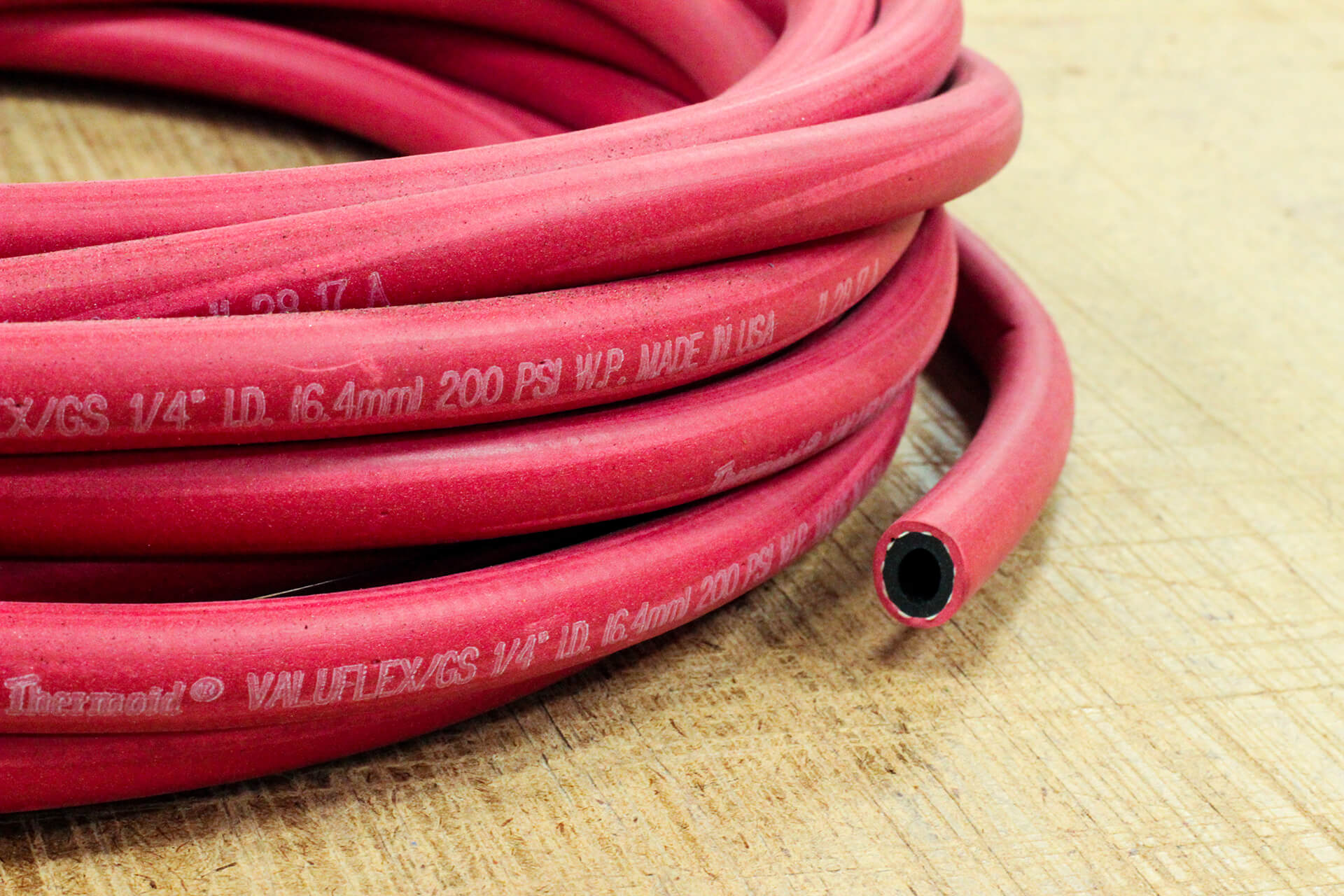The proper hose and hose applications are essential in a variety of industries and productions. Whether transferring liquids, food grade materials, dry materials, corrosive materials or chemicals, petroleum, or simply air, you need to ensure that you choose the right hose for the job. Hose selection problems are common and incorrect selection and applications can cause serious errors and even damage.
Selection Error
Often a user will use whichever hose they happen to have on hand and many times that hose isn’t suitable for the application. It is imperative that you chose the hose that fits the needs of your project as well as the correct material for your needs. Not all hoses are created equal, there are different kinds of hoses for different kinds of uses and material passage.
Things you should ask yourself when selecting a hose:
- What’s the function, or application, of the hose?
- How big should the hose be?
- What materials will the hose come in contact with?
- What maximum and minimum temperatures can the hose withstand?
- How much pressure does the hose need to withstand?
- What material should it be made of?
- How flexible should the hose be?
- What additional environmental factors will the hose encounter?
By answering these questions you can narrow down your selection to the type of hose that is a best fit for your needs. Remember, be as exact and precise as possible before choosing a hose for your project.
Generalizing Error
Generalizing your hose needs into a single category is a good step, but you cannot stop there! Another extremely common hose selection problem is choosing a hose based on a single data point rather than considering all aspects of the application. For example, if you start the hose selection process by saying, “I need a hose for steam,” or, “I need a hose for acid,” you have only just begun the selection process.
Example of how a generalizing selection error can occur:
If you search “acid hose” with any of several online catalog suppliers, a product or couple of products will appear for this application. In the hose returned, we can see that the maximum temperature rating is shown as 160°F. The pressure rating is shown as 200PSI at 72°F. Our application actually requires 170PSI at 130°F. Since your needs don’t completely match the specifications of this product you are left to guess if this hose is actually suitable for your application or not. Here’s an important hint; It isn’t. Also, this product has no mention as to acid type or concentration.
A responsible hose assembly supplier will look at all aspects of a project’s needs to insure that the customer’s application is safely matched to the proper solution. It is always important to provide your supplier with as much detailed information for your project’s application as you can.




